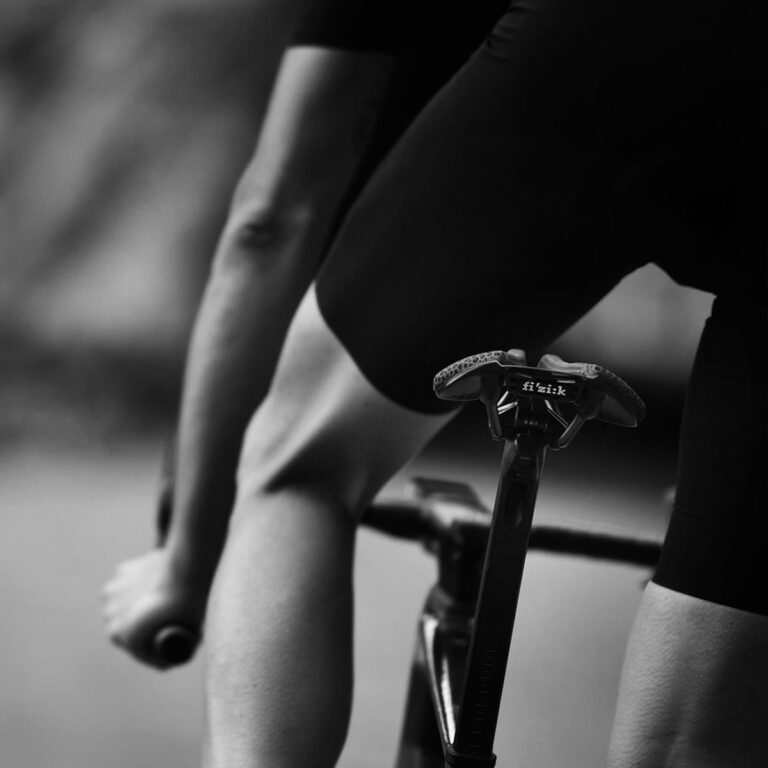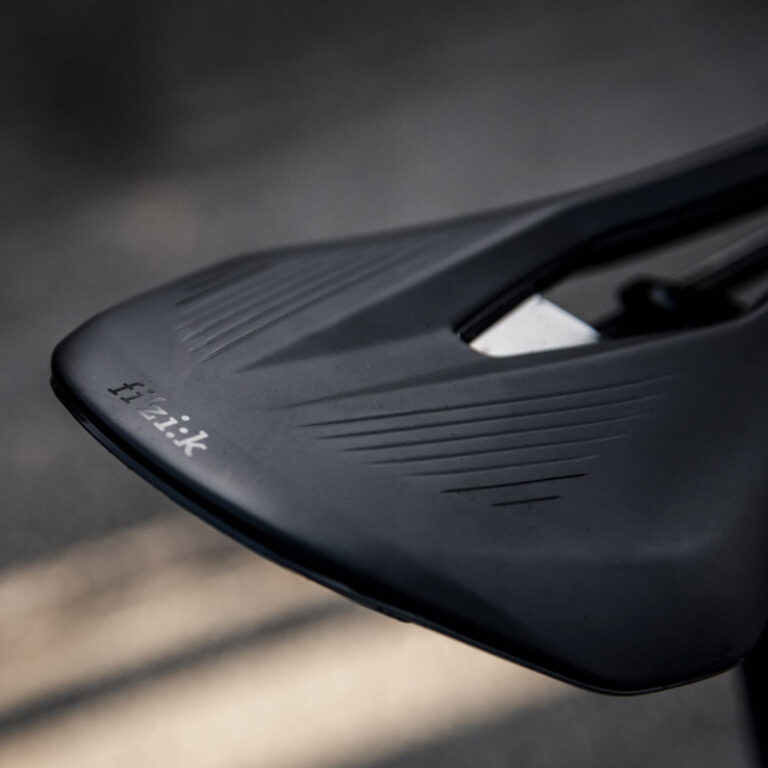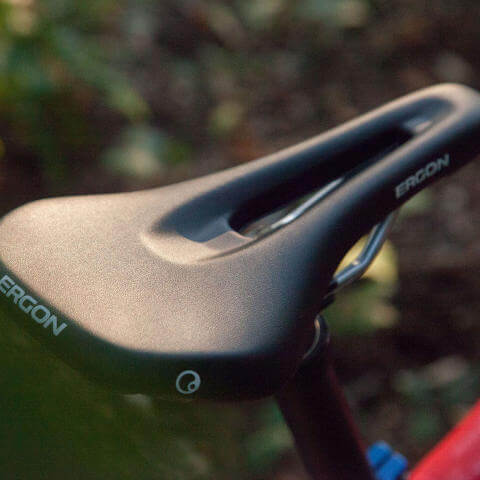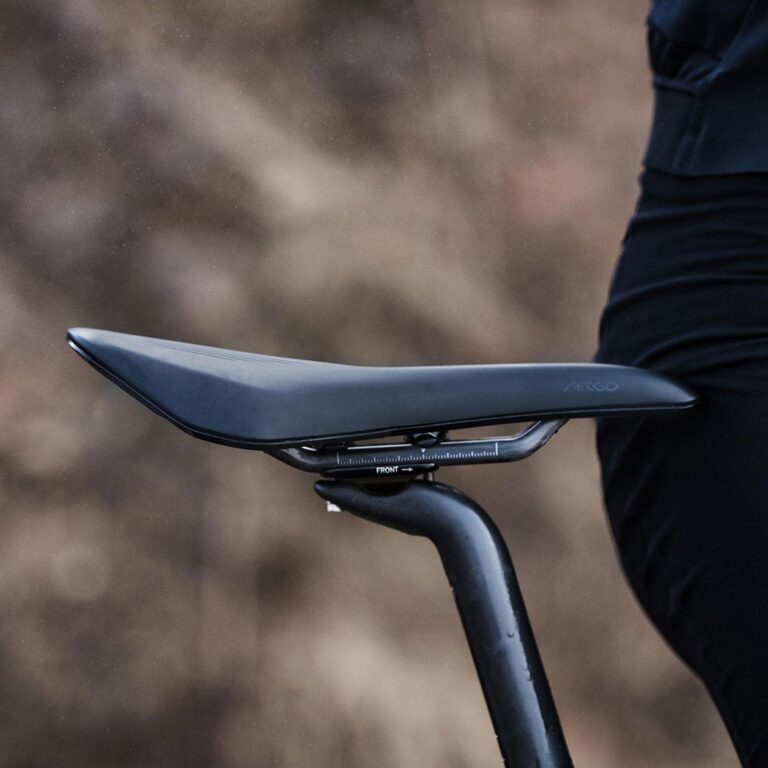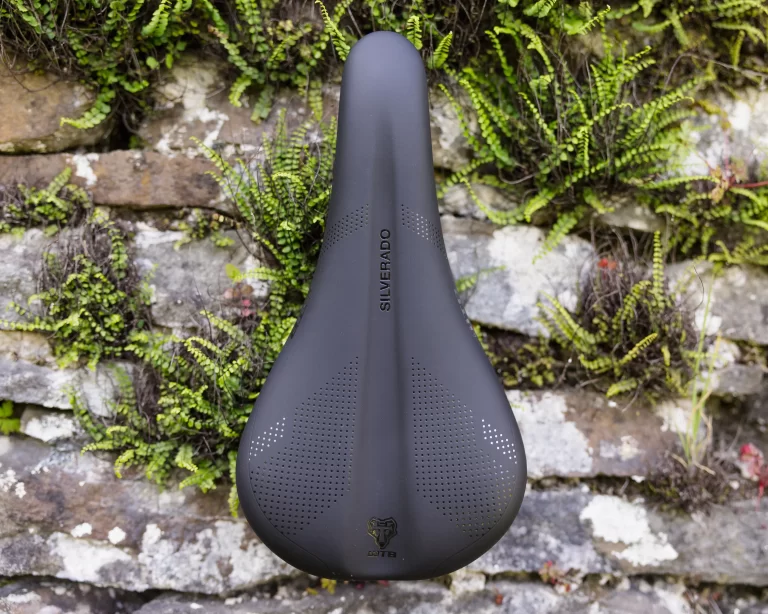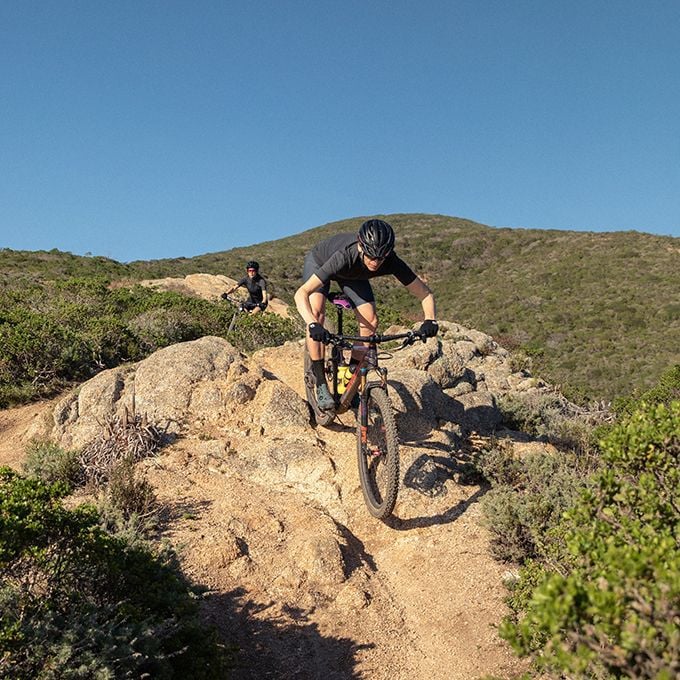Adjusting Road Bike Saddles for Optimal Comfort: Expert Tips for Perfect Saddle Position and Maximum Ride Enjoyment
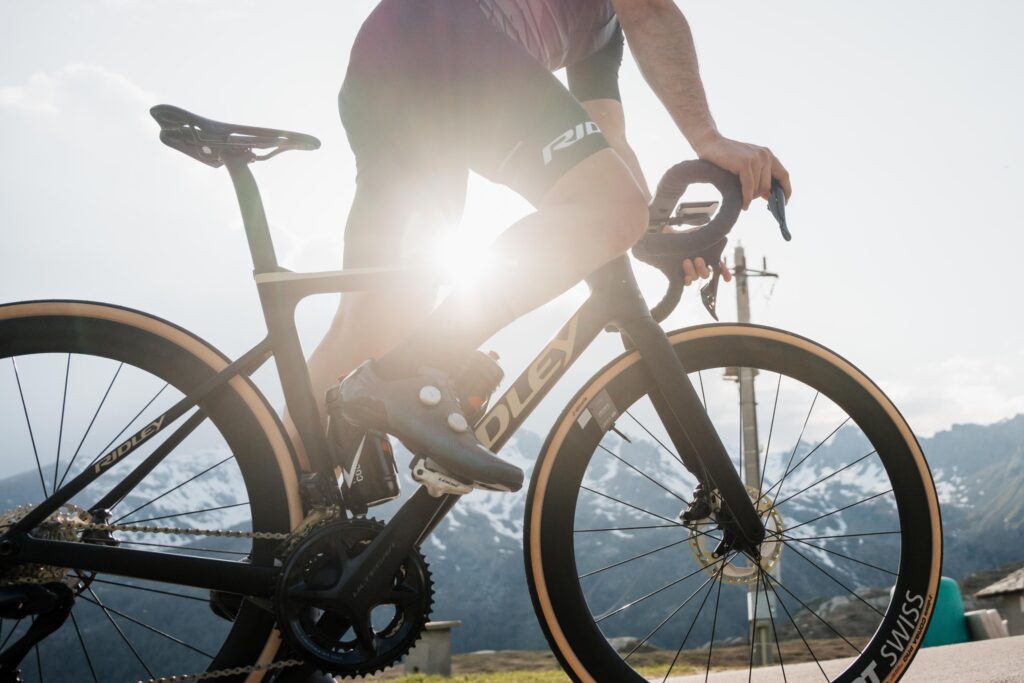
Key Point Summary Adjusting Road Bike Saddles for Optimal Comfort:
- Identifying the Right Saddle Position: Learn how to position your road bike saddle for maximum efficiency and comfort.
- Adjusting Saddle Height and Tilt: A step-by-step guide to fine-tuning road bike saddle height and angle.
- Personal Fit and Fine-Tuning: Tailoring the road bike saddle fit to your body for prolonged riding comfort.
As a masters cyclist with a rich experience in racing and riding various bikes – mountain, gravel, cyclocross, and especially road bikes – I’ve come to appreciate the fine art of road bike saddle adjustment. In this post, we’ll delve into the nuances of adjusting road bike saddles, a vital skill for cyclists from beginners to mid-level. Let’s explore how minor tweaks can lead to major improvements in riding comfort and performance.
Identifying the Right Saddle Position
Finding the perfect road bike saddle position is crucial. It’s not just about comfort; it’s about preventing injuries, enhancing endurance, and improving your overall riding experience.
- Fore-Aft Position: The saddle’s horizontal position can affect your balance and control on the bike. Ideally, when your foot is on the pedal at 3 o’clock, your knee should be directly over the pedal spindle. This position has worked wonders for my pedaling efficiency.
Understanding Saddle Shapes and Styles
- Saddle Shapes: Not all saddles are created equal. Road bike saddles come in various shapes – flat, rounded, or with a curved profile. Your choice should align with your pelvic anatomy and riding style. In my experience, a flat saddle suits riders with greater flexibility, while a rounded profile offers more support for those who shift positions frequently.
- Cutouts and Channels: Saddles with cutouts or channels can significantly enhance comfort by reducing pressure in sensitive areas. I’ve found that a cutout design greatly alleviates discomfort on longer rides.
Impact of Body Weight and Flexibility
- Body Weight Consideration: Heavier riders might need a road bike saddle with more padding to distribute weight and reduce pressure points, whereas lighter riders can opt for firmer saddles.
- Flexibility Matters: Your flexibility impacts how you sit on the bike. Less flexible riders tend to shift their weight more, so a road bike saddle that supports this movement without causing discomfort is ideal.
Adjusting for Different Riding Conditions
- Climbing vs. Flat Riding: The road bike saddle position may need tweaking depending on your terrain. Climbing requires a different road bike saddle height and tilt compared to flat riding. Adjusting my saddle slightly higher on hilly routes has made climbing more efficient.
- Long Rides vs. Racing: For endurance rides, comfort is key, so a slightly lower road bike saddle might be preferable. In contrast, racing might require a higher position for maximum power output.
The Role of Cycling Apparel
- Padded Shorts: The right cycling shorts with quality padding can complement your saddle choice, enhancing overall comfort.
- Seamless Gear: Avoid cycling gear with seams or rough patches that can cause friction against the saddle, leading to discomfort.
Regular Review and Adjustment
- Seasonal Adjustments: Your body changes over time, and so do your cycling needs. Regularly re-evaluating your saddle position with the changing seasons or training intensity is crucial.
- Feedback Loop: Pay attention to any signs of discomfort or pain, which are indicators that your saddle might need readjustment.
Adjusting Saddle Height and Tilt
These two aspects are critical in achieving optimal comfort and performance on your road bike.
- Saddle Height: A saddle set at the correct height will allow a slight bend in your knee at the bottom of the pedal stroke. This height has helped me avoid knee pain, a common issue among cyclists.
- Saddle Tilt: A level saddle is a good starting point, but a slight forward or backward tilt might be necessary depending on your riding style and anatomy. Personally, a slight tilt forward helped me reduce pressure on longer rides.
Personal Fit and Fine-Tuning
Each rider’s body is unique, and so is the way they interact with their bike saddle.
- Individual Anatomy: Consider your body type and flexibility. I’ve seen riders benefit from saddles with cutouts or channels, especially those who experience discomfort in sensitive areas.
- Riding Style: Your preferred riding position also plays a role. Aggressive riders might prefer a different saddle shape compared to those who enjoy a more relaxed riding style.
- Regular Adjustments: Don’t hesitate to make regular adjustments. Over time, I’ve learned that what works today might not be as comfortable tomorrow.
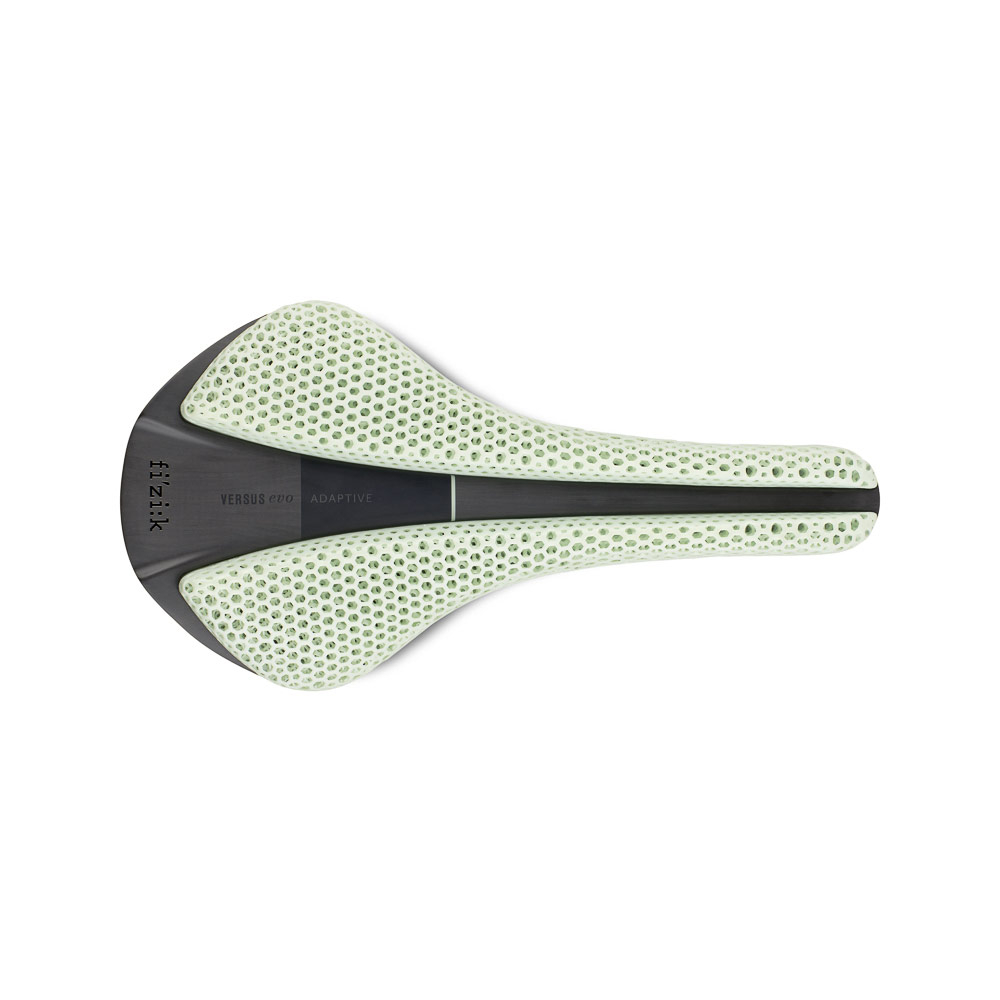
Top Picks for Road Bike Saddles – offering a fresh perspective with different models known for their comfort, design, and performance:
- Fizik Antares: Ideal for riders who prefer a balance between a flat and a curved saddle, offering support and flexibility for various riding positions.
- Selle SMP Well M1: This saddle is known for its distinctive design with a central cutout, aimed at reducing pressure and increasing blood flow, suitable for both leisure and intensive riding.
- Fabric Scoop Pro: Popular for its minimalist design and lightweight construction, the Fabric Scoop Pro provides a comfortable ride with various padding levels to choose from.
- Specialized S-Works Power: With a short nose and wide tail, this saddle is designed to deliver comfort in aggressive riding positions, making it a choice for racers and enthusiasts alike.
- Brooks C17 Cambium: Ideal for those who prefer a classic look with modern materials, the C17 Cambium is durable, weather-resistant, and comfortable for long distances.
- Prologo Dimension: This saddle strikes a balance between width and padding, providing comfort without sacrificing performance, suitable for both racing and endurance riding.
These saddles are chosen for their unique features and the diverse needs they cater to within the road cycling community, from casual riders to serious racers. As always, the best saddle is one that fits well with your specific riding needs and physical dimensions.
FAQ
What height should your saddle be on a road bike?
Your saddle height on a road bike should be set so that your leg is about 90% extended at the bottom of the pedal stroke.
What is the correct saddle setting for cycling?
The correct saddle setting for cycling is to have the saddle level with the ground and at a height where your leg is slightly bent when the pedal is at its lowest point.
How level should road bike saddle be?
A road bike saddle should generally be level or parallel to the ground.
What angle should saddle be on road bike?
The saddle on a road bike should typically be level or parallel to the ground for most riders. This provides a balance of comfort and efficiency. However, slight adjustments can be made based on personal comfort and riding style. For detailed adjustments, refer to guides like How To Set Your Bicycle Saddle Height with 2 quick and easy methods from BuyCycle for personalized settings.
Wrapping Up
Adjusting your road bike saddle isn’t just a one-time task; it’s an ongoing process of refinement. As your riding style evolves and you clock more miles, don’t shy away from making small changes. These adjustments can lead to significant improvements in your riding comfort and efficiency.
The goal is to make your bike an extension of your body. A well-adjusted road bikesaddle is a key step in achieving this harmony, ensuring every ride is both enjoyable and pain-free.
John

